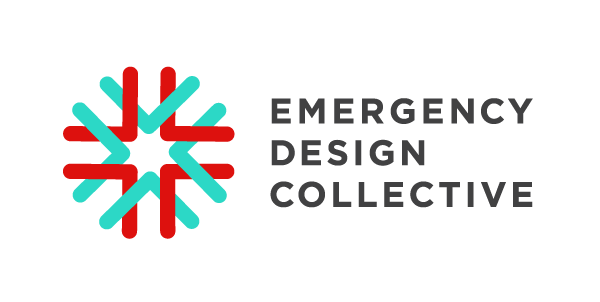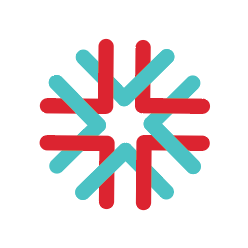Sewing a homemade mask
By Susan Dix Lyons
Design Challenge
How can we help makers address the critical shortage of Personal Protection Equipment (PPE)?
Emergency Design Collective Members
Amanda Sammann, MD, MPH, trauma surgeon and Founder of The Better Lab
Nick Dawson, Designer
Jen Liao, Emergency Medicine Resident, Researcher/Designer
Soren DeOrlow, Director of Design Strategy, Resonance Partners
Diego Fonstad, Co-Founder, Imagination Supply Company
There’s a critical lack of Personal Protection Equipment (PPE) with the COVID-19 pandemic that people across the world are working creatively to address. This design team looked at two work streams: the maker community and manufacturers – to help them produce masks and face shields quickly and efficiently. Prototypes were tested for efficacy, protection, coverage, fit and comfort, keeping in mind the urgency of the need and scarcity of resources.
“We wanted to take a global view for the maker community knowing that supplies will run out,” said Dr. Amanda Sammann, noting that the elastic used for masks is already facing high demand. “We don’t need optimized design, we need stuff produced rapidly and tested to the best of our ability with consideration for comfort, efficacy and responsible use of materials,” Sammann said.
Underscoring the urgency is the survey released by the Conference of Mayors noting the scope and severity of the need for COVID-19 emergency equipment in U.S. cities.
While ED staffs and hospital foundations across the country are organizing drives, connecting with friends, and accepting PPE donations in this crisis scenario, hospitals are beginning to accept that cloth masks and DIY face shields are going to have to be used when resources are exhausted. And with the Joint Commission issuing a statement supporting hospital staff using personal face masks from home when standard PPE is unavailable, and the CDC recommending that all Americans wear masks in public, the maker and DIY approach is more relevant than ever.
The first iteration of the PPE Playbook was released by the Emergency Design Collective on March 31, and revised versions will continue to simplify and communicate resources and solutions for the maker community, health care institutions and the public.
“We need to cut through the noise, minimize the friction and get people to start making,” said Diego Fonstad. “You can make a difference right now. Can you sew? Do you have fabric? Make it now.”
Distribution and supply chain is still a vexing challenge as the larger maker community looks at manufacturing PPE for health care institutions facing shortages. Soren DeOrlow, who worked at IDEO for a decade before starting his own design consultancy, said additional versions of the playbook are in the works focusing on procurement for these larger institutions.
“It’s fast-working collaborative design triage that’s very inclusive and about making progress each day,” said DeOrlow.
For feedback and questions, please contact Nick Dawson: nick@nickdawson.net




